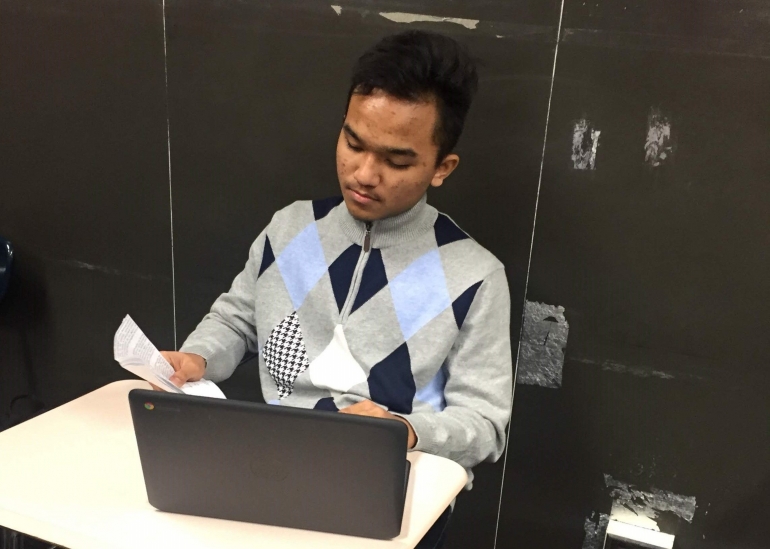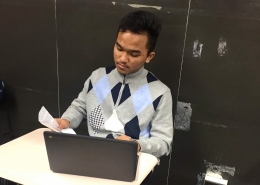What do you do for a quick break?
Checklist for Managing Self-Care
HOW MEMORY WORKS
Memory is the ongoing process of information retention over time. Because it makes up the very framework through which we make sense of and take action within the present, its importance goes without saying. But how exactly does it work? And how can teachers apply a better understanding of its inner workings to their own teaching? In light of current research in cognitive science, the very, very short answer to these questions is that memory operates according to a "dual-process," where more unconscious, more routine thought processes (known as "System 1") interact with more conscious, more problem-based thought processes (known as "System 2"). At each of these two levels, in turn, there are the processes through which we "get information in" (encoding), how we hold on to it (storage), and and how we "get it back out" (retrieval or recall). With a basic understanding of how these elements of memory work together, teachers can maximize student learning by knowing how much new information to introduce, when to introduce it, and how to sequence assignments that will both reinforce the retention of facts (System 1) and build toward critical, creative thinking (System 2).
Dual-Process Theory
Think back to a time when you learned a new skill, such as driving a car, riding a bicycle, or reading. When you first learned this skill, performing it was an active process in which you analyzed and were acutely aware of every movement you made. Part of this analytical process also meant that you thought carefully about why you were doing what you were doing, to understand how these individual steps fit together as a comprehensive whole. However, as your ability improved, performing the skill stopped being a cognitively-demanding process, instead becoming more intuitive. As you continue to master the skill, you can perform other, at times more intellectually-demanding, tasks simultaneously. Due to your knowledge of this skill or process being unconscious, you could, for example, solve an unrelated complex problem or make an analytical decision while completing it.
In its simplest form, the scenario above is an example of what psychologists call dual-process theory. The term "dual-process" refers to the idea that some behaviors and cognitive processes (such as decision-making) are the products of two distinct cognitive processes, often called System 1 and System 2 (Kaufmann, 2011:443-445). While System 1 is characterized by automatic, unconscious thought, System 2 is characterized by effortful, analytical, intentional thought (Osman, 2004:989).
Figure 1: A summary of System 1 and System 2. (Source: Upfront Analytics, 2015)
Dual-Process Theories and Learning
How do System 1 and System 2 thinking relate to teaching and learning? In an educational context, System 1 is associated with memorization and recall of information, while System 2 describes more analytical or critical thinking. Memory and recall, as a part of System 1 cognition, are focused on in the rest of these notes.
As mentioned above, System 1 is characterized by its fast, unconscious recall of previously-memorized information. Classroom activities that would draw heavily on System 1 include memorized multiplication tables, as well as multiple-choice exam questions that only need exact regurgitation from a source such as a textbook. These kinds of tasks do not require students to actively analyze what is being asked of them beyond reiterating memorized material. System 2 thinking becomes necessary when students are presented with activities and assignments that require them to provide a novel solution to a problem, engage in critical thinking, or apply a concept outside of the domain in which it was originally presented.










